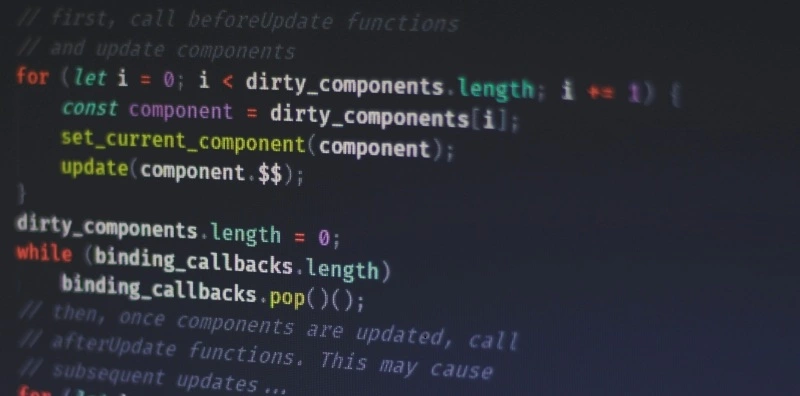
19 Jun How to Pick the Right Way to Build Your Mobile App
Deciding how to develop a mobile app is one of the biggest choices you’ll make—and it can affect everything from how fast you launch to how users feel about your product. Basically, you have two main routes: building separate apps tailored for each platform, or creating one app that works across all devices. Both have their perks and drawbacks.
When you build specifically for one platform, like iOS or Android, you use the tools and languages designed just for that system—Swift or Objective-C for Apple, Kotlin or Java for Android. This means the app can run super smoothly, tapping into all the device’s features and matching the look and feel users expect. People usually find that these apps feel more polished and responsive.
On the flip side, this approach means doubling up on work. You’ve got to maintain two completely different codebases, fix bugs twice, and push updates separately. For smaller teams or startups, this can quickly eat up time and money.
The alternative is cross-platform development, where you write a single codebase that works everywhere. Frameworks like Flutter and React Native make this possible and help teams get apps out the door faster. It’s a big plus when you want to launch quickly or keep costs down.

That said, cross-platform apps sometimes don’t quite match native ones in terms of speed or smoothness, especially with complex graphics or when using new device features. Also, it can take longer for frameworks to support the latest hardware updates.
User experience is another factor. Native apps follow the platform’s design rules closely, so everything feels familiar. Cross-platform apps try to keep things consistent across devices, but sometimes that means they don’t fully embrace each platform’s unique style.
Which path you choose depends on your goals and resources. If you want the absolute best performance and deep integration, native development is probably your best bet. If speed and budget are more important, cross-platform tools offer a smart shortcut.
A lot of teams mix the two—starting with cross-platform to test ideas fast, then gradually adding native code to boost performance where it matters most. This way, they get the best of both worlds.
In the end, knowing what matters most to your project will help you pick the right method. Whether you go native or cross-platform, the goal is the same: deliver an app people love to use.

